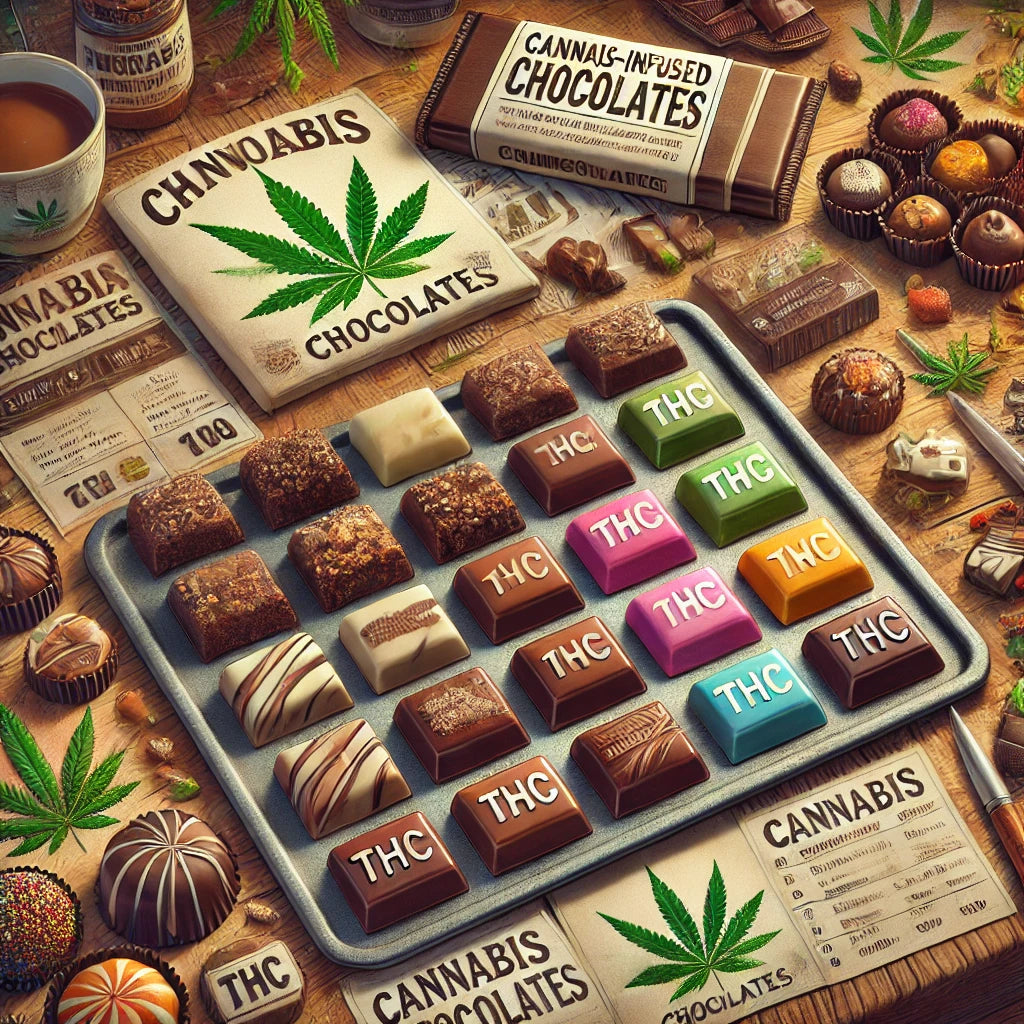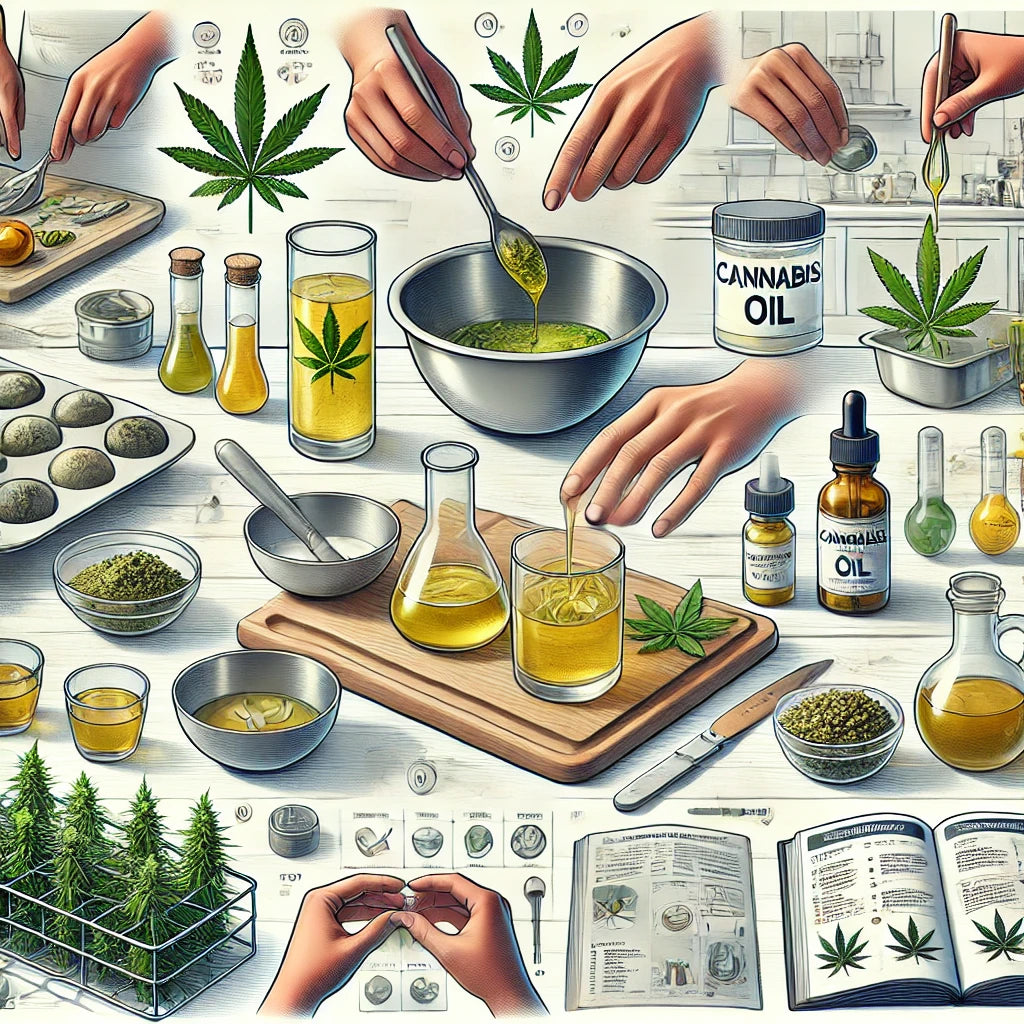Recreational Cannabis is Legalized.
The cannabis plant has a long and complicated history, being both honored in herbal medicine and religious ceremonies — and outlawed as an illegal substance. This three-part series explores the lows and highs of the long journey toward cannabis legalization in Canada.
1996
Medical Use Becomes Legal in Parts of the U.S.
California has become the first U.S. state to legalize medical cannabis (as of 2019, it’s legal in 33, with ten states allowing recreational use).
2000
Canadian Terry Parker Wins His 23-year Court Battle to Use Medical Cannabis.
Terrance Parker, a Toronto man with epileptic seizures, was first arrested in 1987 for cannabis possession but was acquitted due to “medical necessity,” as cannabis eases his condition (where two brain surgeries and various medications could not). In 1996, Parker was charged with possession, cultivation and trafficking for growing the plant. He appeals to the Canadian Charter of Rights and Freedoms, and a judge rules in his favor. The Crown appealed the decision, but in 2000 the Ontario Court of Appeal found the current cannabis law unconstitutional because it does not take medical use into account.
The federal government must change the cannabis laws within one year — or the courts will begin dismissing possession charges.
2001
Canada’s First Medical Cannabis Laws Allow Patients to Grow Their Own.
The Marihuana Medical Access Regulations (MMAR) allows licensed patients (fewer than 100 to start) to grow their cannabis or access it through Health Canada. The federal government sets up the House of Commons Special Committee on Non-medical Use of Drugs and the Senate Special Committee on Illegal Drug Use, which recommends reforming cannabis possession and supply laws. The Senate suggests going one step further and legalizing the production and sale of cannabis.
2003
Prime Minister Chretien Introduces Bill that Would Decriminalize — The Bill Dies
Under Prime Minister Jean Chretien, the first federal cannabis decriminalization Bill (C‑38) is introduced, reducing the penalty for possession of up to 15 grams of cannabis to a civil fine, but the bill dies when the government is halted. A similar bill (C‑10) is introduced a year later with the same result.
2011
Prohibitions Against the Possession and Production of Cannabis Ruled to be Invalid, and a Licensed Producer System is Created.
Ontario Superior Court Justice Donald Taliano rules that the MMAR is constitutionally invalid because medical users who cannot access cannabis legally (and do so illegally) can be charged. Marijuana replaces the Medical Purposes Regulations (MMPR) program, which creates a system of licensed cannabis producers.
Medical patients (about 37,800 at this point) cannot grow their plants and must register with a Licensed Producer.
2015
Canadian Supreme Court Rules: Cannabis Restrictions Violate Freedom of Choice.
After reviewing the 2009 case of B.C. baker Owen Smith, who was charged for possessing cannabis-infused cookies, massage oils and lip balms, the Supreme Court of Canada rules that restricting medical patients’ legal access to only dried cannabis flower violates their rights to consume cannabis in the form they choose. This decision opens the door for Licensed Producers to now producing oils and other forms of cannabis.
2016
Canadian Neil Allard Wins Patients the Right to Grow Their Cannabis Plants.
Neil Allard and three other people from B.C. challenge the MMPR as violating their rights because patients cannot produce cannabis themselves, which is affordable to everyone. The Federal Court of Canada rules in Allard’s favor. The law is revised once again, becoming the Access to Cannabis for Medical Purposes Regulations (ACMPR).
2017
The Government Moves to Legalization.
The Government of Canada proposes Bill C-45, or the Cannabis Act, which would legalize the possession, use, cultivation and purchase of limited amounts of cannabis by adults 18 years of age and older.
2018
Recreational Cannabis is Legalized in Canada.
The Cannabis Act goes into effect in Canada. Each province and territory sets its own rules around how and where cannabis can be sold and is allowed to lower possession limits, increase the minimum age, and restrict where cannabis can be used in public or set added requirements on personal cultivation.
Although provincial legislation is subject to change, as of October 17th, 2018, in Alberta and Quebec, you have to be 18 years of age or older to purchase and consume cannabis (in the rest of Canada, it is 19); Alberta, Manitoba, Newfoundland and Labrador, and Saskatchewan have privately run stores, while the remainder of the country’s retailers is government-operated. All have online shops, but in Nunavut, you could also order it by phone.
Important Notice: Content on this website is intended strictly for informational purposes. Ashario does not promote any product or represent that the products mentioned on Ashario's website are treatments for any kind of medical condition. Ashario cannot guarantee that information provided is error-free or complete and is not responsible for the quality of the information provided by users. Ashario does not endorse any user-reported information, any particular strain, product, producer, organization, treatment, or therapy.








